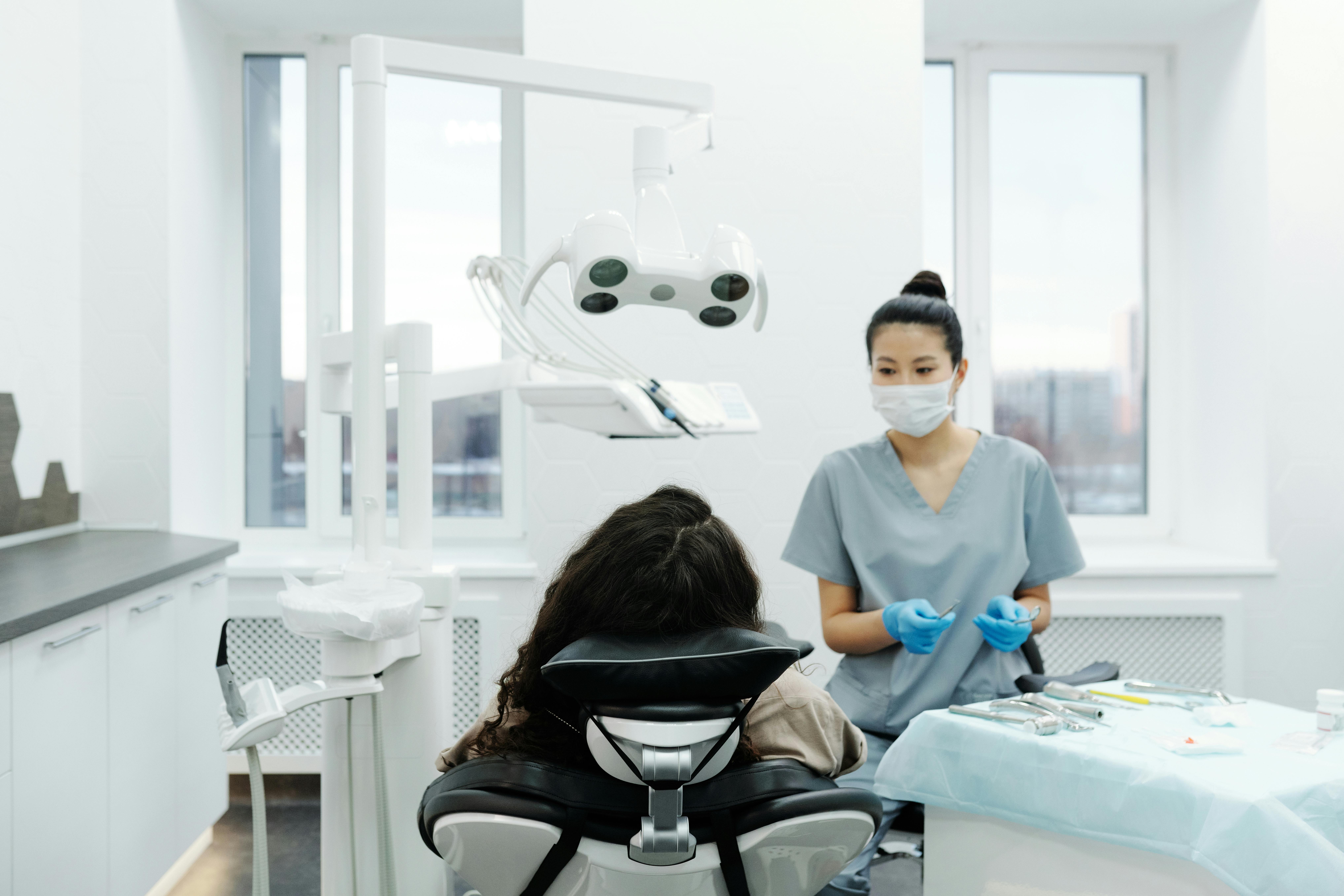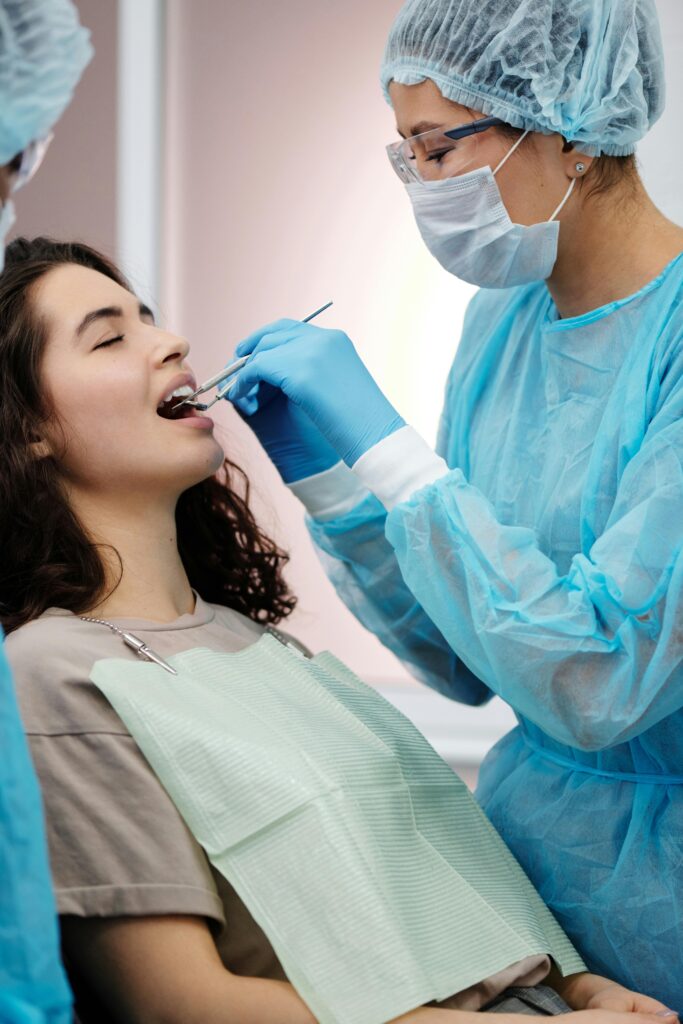Spread the love
Sleeping with gauze after tooth extraction is a common question, and it depends on the stage of recovery and how much bleeding is occurring. Here’s a detailed breakdown of your tooth extraction aftercare.

01. Immediate Post-Extraction Period (First Few Hours)
- Using gauze to control bleeding: Right after a tooth extraction, gauze is placed over the extraction site to help stop the bleeding by applying pressure. Your dentist will typically ask you to bite down on the gauze for about 30–45 minutes.
- If bleeding continues after that, you may need to replace the gauze periodically until it slows down.
- Should you sleep with gauze right after extraction?: No, it’s generally not recommended to sleep with gauze in your mouth overnight. Gauze can become a choking hazard while you’re asleep.
- If bleeding is still heavy at bedtime, it’s better to stay awake and continue changing the gauze until the bleeding reduces. Once the bleeding is minimal, it’s safe to sleep without the gauze.

02. Managing Bleeding After the First Few Hours
- When should the bleeding stop? After tooth extraction, light bleeding or oozing may continue for 24–48 hours, but it should significantly reduce within a few hours after the procedure.
- If the bleeding has slowed to the point where only minimal blood is present on the gauze, it is safe to sleep without it.
- If bleeding continues: If you still notice significant bleeding after several hours, bite down on fresh gauze or a dampened tea bag (the tannic acid in tea can help clotting). Once the bleeding is controlled, you can remove the gauze before sleeping.

03. Dry Socket Risk and Proper Healing
- Avoiding dry socket: After the extraction, a blood clot forms at the site to protect the underlying bone and nerves. It’s crucial to keep this clot in place for proper healing and to avoid a dry socket, which is a painful condition where the clot dislodges.
- Sleeping with gauze that gets too dry could increase the risk of disturbing the clot when you remove it. Proper care like not sucking, spitting, or rinsing vigorously also helps prevent clot displacement.
- Signs of dry socket: Severe pain 2-3 days after extraction, a foul odor, or a bad taste in the mouth are signs of dry socket. If this happens, contact your dentist immediately.

04. Proper Sleep Position After Extraction.
- Elevating your head: When you sleep, it’s recommended to keep your head slightly elevated on pillows to reduce swelling and promote drainage.
- This position helps avoid the pooling of blood near the extraction site, which can lead to prolonged bleeding.
- Sleeping on your back: It’s also better to sleep on your back rather than on the side of the affected area, as this helps prevent pressure on the affected area.

05. When to Contact Your Dentist
- If bleeding persists: If you continue to experience heavy bleeding after 24 hours, or if the bleeding resumes after it has stopped, call your dentist.
- Unusual pain or complications: If you’re experiencing significant pain, swelling, or signs of infection like fever or pus, reach out to your dentist for advice.

Conclusion.
Sleeping with gauze after a tooth extraction is generally not recommended, especially after the initial bleeding has slowed. The main concern is the risk of choking or disturbing the healing process. Make sure to remove the gauze once the bleeding has slowed and keep your head elevated while sleeping. If the bleeding continues or you’re concerned, it’s always best to check with your dentist for further guidance.

Why Am I Still Tired After 12 Hours Of Sleep

Does Sleeping Without Panties Help A Vaginal Infection



5 thoughts on “Tooth Extraction Aftercare”